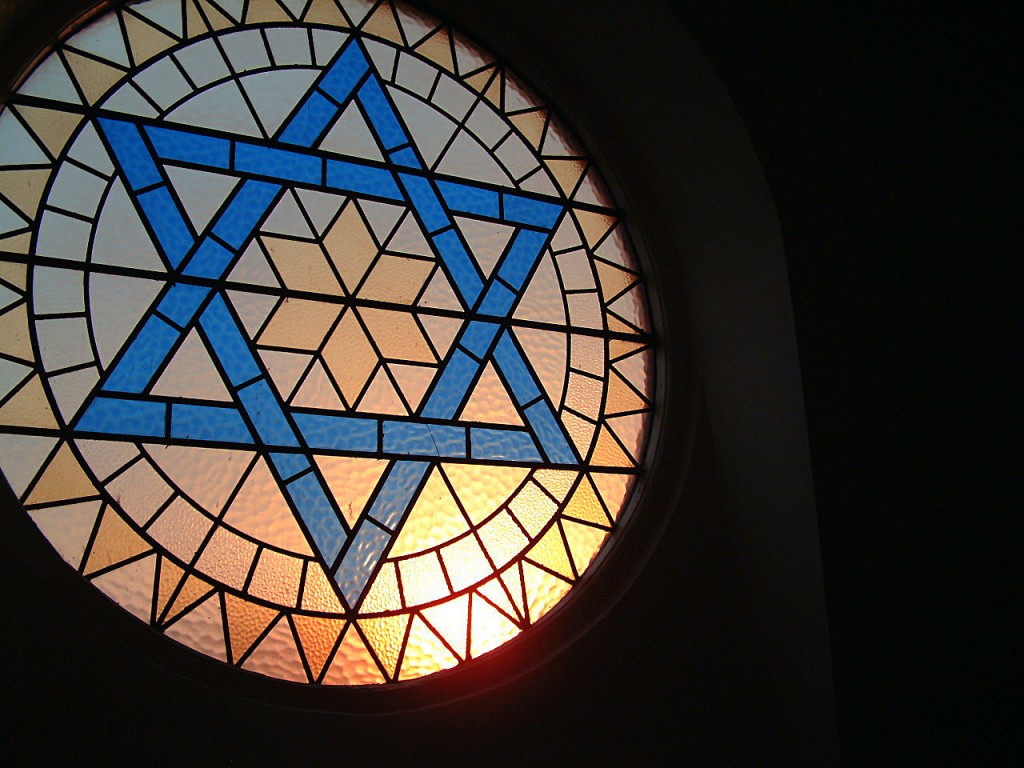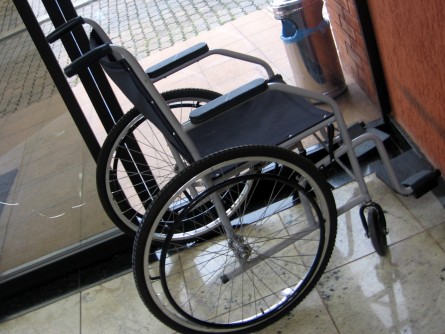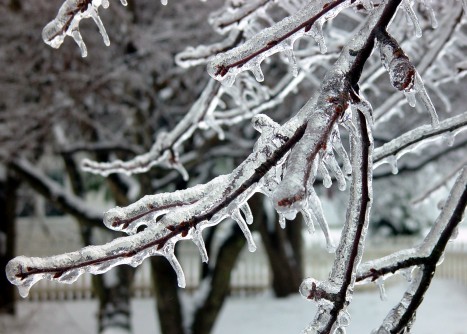"Our Last Issue: Thank You for 87 Years.” That was the cover of this week’s Worcester (MA) Jewish Chronicle. I only know because my mother brought me a copy when she visited last week. I didn’t read the monthly publication all that often growing up, but I did feel a sense of sadness to learn it was ending. Of course, being in the newspaper business, I don’t like to see newspapers go under. But in this case, the news was more a sign of the passing of a community than simply the changing media business.
Here is the Chronicle’s depressing chronicle:
As would be expected, a lot has changed in the local Jewish community since 1926. The population, once made up primarily of immigrants and first generation Americans who worshipped at Orthodox synagogues, has moved . . . into the suburbs. The kosher butchers and bakeries are gone. Gone too are the East Side synagogues. . . . The Jewish population is smaller, or at least less affiliated. Temple Emanuel and Temple Sinai, which split in 1957, are working on full integration, which will leave Worcester with one Reform Congregation. The Conservative-affiliated day school closed and was replaced by a pluralistic day school, which has also closed. . . . The yeshiva has severe financial difficulties. . . . [T]he community’s two oldest Jewish cemeteries [have] fallen into disrepair for lack of funds. The city’s only Jewish funeral home has closed. And now the Jewish Chronicle.
There are a number of trends symbolized by this tale of a community’s disintegration: The assimilation of immigrants, the lack of interest in religious affiliation by Jews and by younger Americans generally speaking, diminishing funds to support multiple (and sometimes competing) religious institutions in some communities.
Perhaps these trends are simply too powerful to be stopped. But it all seems to have happened so quickly. When my parents moved to Worcester in 1976, there were still clubs that didn’t allow Jews and even a couple of neighborhoods where they weren’t welcome. In the course of less than four decades, Jews went from being on the outside, to thriving (the Jewish day school struggled when I was there but it was expanding not contracting when I was a student), to dropping out or leaving town.
I was able to grow up in what was perhaps the ideal American-Jewish community. I never experienced anti-Semitism. The community had enough resources to provide a Jewish education and a choice of synagogues. I even got to understand some of the experience of previous generations. Accompanying the article, there’s a 1987 photo of the owner of the Jewish deli I used to sometimes go to. And there’s another picture of the rabbi of my family’s synagogue—a Holocaust survivor—looking on as someone repairs a Torah scroll.
I would love for my children to experience the same kind of community. But the number of places that is possible is dwindling.






